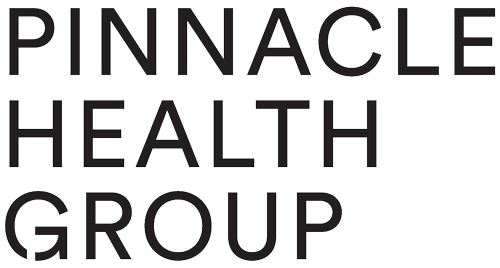It is no secret, sitting for prolonged periods is NOT good for us.
With phrases like ‘sitting is the new smoking’ being used in the media, it’s important to really understand the key issues and be able to make informed decisions about how to look after ourselves at home and the workplace.
In 2015, I wrote a small article: 3 easy ways to create movement opportunities at work. At that point in time, new research findings were coming out from the University of Queensland that had caught my attention. According to their study into the effects of sitting for prolonged periods, even when adults met the recommended physical activity guidelines, the positive effects of that exercise were often negated by the amount of time they spent sitting.
In other words: Do you enjoy a High Intensity Training (HIT) session three times a week at the gym, but go back to work and sit like a desk jockey for the remaining 40 hours of the week? Then you are potentially sitting in the active couch potato seat and are not capitalising on opportunities for incidental movement in the workplace.
In 2018, the research continued to show that sedentary behaviours are strongly linked to negative health outcomes such as obesity, type 2 diabetes, cardiovascular, metabolic risks and premature death. The fact that all of the above are preventable is what is really concerning to me!
Based on my research and key learnings from the WELL Building standards study and Movement concept advisory, I recommend three easy solutions to avoid becoming an active couch potato.
Workplace Design
The future of work is technology enabled, hyper connected and agile in design. Gone are the days where you sit at the same desk every day and sit in meetings all day.
Modern workplaces are designed for movement. To help you figure out how your workplace stacks up, consider these questions:
Are your locker, printer and meeting rooms all a walk from where you spend the majority of the day?
Does the workplace have a wellness or fitness centre with exclusive deals for staff?
Are standing desks or active workstations available in break out areas?
If you said yes to all of the above – you are in a well workplace. The key question is are you making the most of the design?
Plan Your Work, Work Your Plan
As an astute observer of human behaviour and neuroscience enthusiast, it really bothers me when I see people walking with their phones glued to their hand in the early morning. I can see the phone lighting up like a Christmas tree with rapid push notifications jumping out of the screen. When you observe this happening, it really looks like a wave of anxiety, and I worry for the person’s brain and performance.
To address getting past this roadblock, I believe that planning your work and working your plan is essential. That means being diligent with your time management, and working hard to avoid having your time and attention sapped by unnecessary distractions.
Encourage Your People To Get Moving
Movement is great for your performance, mental health and resilience. If it were a pill everyone would be doing it! At Pinnacle Health Group, our teams utilise the walking meeting, pilates hour or exercise club to keep performance and morale high. This type of team activity is planned and organised to get the teams together once a week.
For anyone interested in learning about the neuroscience of brain function at work, I’d highly recommend the book titled “Your brain at work” by David Rock. It is for those of you who are interested in surviving and thriving in the modern workplace.
You Have To Take The Stairs
A wise person once said, there is no elevator to success – you have to take the stairs. You will see it every morning, there are people who take the elevator and those who take the stairs.
Choose the latter every time and this will improve your incidental movement output significantly.
In the modern workplace and cities of the future, active exterior design is critical to influencing physical engagement levels of the community. A nice practical resource on this topic is the walk score.
Summary
Movement is medicine for the mind and body with tangible returns on investment!
We spend 90% of our time indoors and one third of our lives at work. The great opportunity here is incidental movement – make the most of your time.
Learn more with Pinnacle Health Group
Sometimes all it takes is a reminder, but other times I’ve found that making a change takes effort. Our Physiotherapists are experts at designing exceptional treatment plans and have a wide range of treatment options available to you. Don’t delay in booking online today, as the longer you leave your sitting habits the more resistant they become! Experience the absolute Pinnacle in health care with Pinnacle Health Group.

